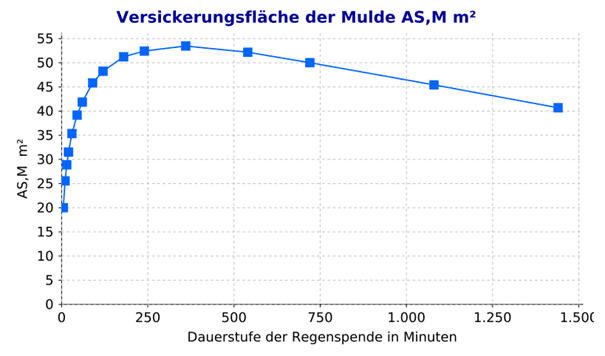Climate change and its consequences are associated with an increase in the number of hot and dry days as well as the number of heavy rainfall days. In order to prevent flooding caused by heavy rainfall and overloading of the sewer system in sparsely to densely populated areas, site-specific drainage planning must be carried out.
Even in the early planning phases of a building, the development of a drainage concept is an essential part of ensuring drainage reliability in the final state. The central technical standard for "Planning, construction and operation of systems for the infiltration of rainwater" is the technical bulletin DWA A 138 (2005).
The design of the type and scope of the drainage system depends on the site conditions such as the structure, composition and permeability of the subsoil as well as parameters such as the amount of precipitation, groundwater level, availability of land and the degree of development in relation to the area to be connected. Common and widely used drainage systems are swale infiltration and infiltration trenches, whereby the required technical parameters are determined using an iterative process.
Against the backdrop of a steadily increasing probability of heavy rainfall as a result of climate change, the professional planning of drainage systems is becoming increasingly relevant.


